
Trachoni Panagia Theotokos Church
Trachoni, CY
The church with the ekklesionym Panagia Theotokos is located in the southern area of the original settlement core. The church probably dates from the 16th or 17th century.
Here you can search for a building to visit. You can use the map find destinations, or you can use the filters to search for a building based upon what different criteria.

Trachoni, CY
The church with the ekklesionym Panagia Theotokos is located in the southern area of the original settlement core. The church probably dates from the 16th or 17th century.
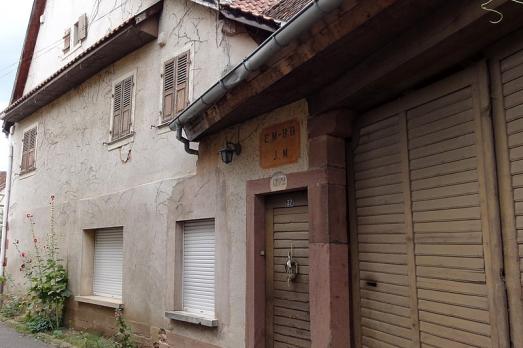
Traenheim, FR
The synagogue in Traenheim was built in 1842, but after the departure of the last Jewish family in 1923, the Bas-Rhin consistory sold the synagogue, which was immediately demolished. The remains of the oratory are still visible in the attic of a house in Traenheim. The building has been classified as a historic monument since 1996. The building has been classified as a historic monument since 1998.

Visby, SE
Träkumla Church is one of the 92 medieval churches on the island of Gotland.
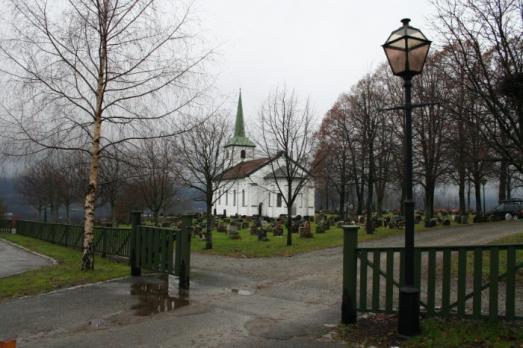
Lier, NO
Tranby church is a church made of brick in 1855. The architects of the church are Hanno and Schirmer.
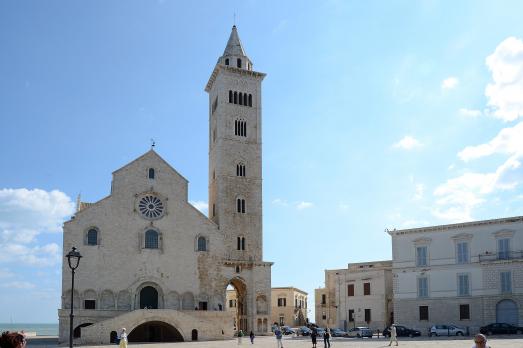
Trani, IT
Trani Cathedral was built between 1099 and 1143 during the period of Norman rule. The cathedral is an example of the Romanesque architecture of Puglia. It was built with the typical limestone tufa extracted from the quarries of the town, characterised by a very light pink, almost white colour. The church stands out for its important transept and for the use of the ogival arch forming a passage under the bell tower, a rare phenomenon in Romanesque architecture.

Bender, MD
The Transfiguration Cathedral is a Russian Orthodox church in Bender. The cathedral was built between 1815 and 1820 as a symbol of liberation from the Ottoman rule.

Bila Tserkva, UA
The Transfiguration Cathedral was built in 1833-1839 in the courtyard of the half-destroyed St. Nicholas Church. The church was built in the style of classicism. In 1933, the cathedral ceased to function. Before the Second World War, it housed the Municipal State Archives. In 1941, the vault of the cathedral was destroyed by a bomb. In the post-war years, church services were resumed and continued until 1961. In the 1970s and 1980s, it was used as a sports hall. In 1989, the cathedral was transferred to the religious community.
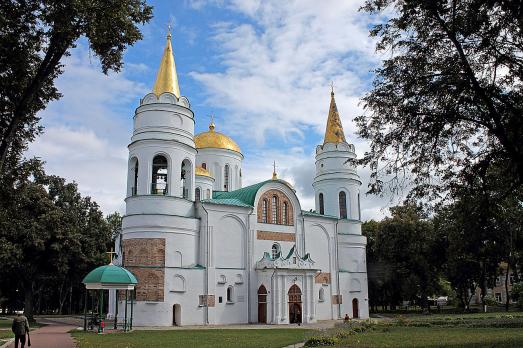
Chernihiv, UA
The Transfiguration Cathedral was founded around 1036 and is, therefore, one of the oldest cathedrals in Kievan Rus. In 1239, the church was partially destroyed by the Mongol army of Batu Khan. Further damage was caused in 1611 during the Polish-Lithuanian conquest of Chernihiv. After being rebuilt in 1675, the church was again severely damaged by fire in 1750 but was restored between 1770 and 1799. The façade was plastered and the interior was renovated in the Baroque and Classical style.
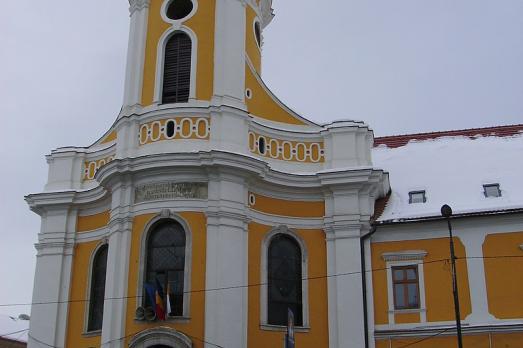
Cluj-Napoca, RO
The Baroque Cathedral of the Transfiguration was built between 1775 and 1779 by the "Minorites", a branch of the Franciscans. Testimony of Romania's turbulent history of the twentieth century, the church belonged successively to the Catholic Church, the Greek Catholic Church (1924) the Romanian Catholic Church (1948) and to the Greek Catholic Church again (1998).
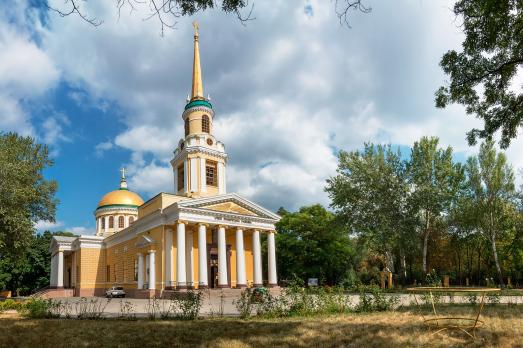
Dnipro, UA
The Transfiguration Cathedral was built mainly in the early 19th century and restored as faithfully as possible in the 1970s. The church was planned as the main church of the newly conquered Novorossiya region after the 5th Russian-Turkish war (1768-1774) and was to surpass even St. Peter's Basilica in Rome. The cathedral was built in the style of classicism between 1830 and 1835. During the Second World War, the building suffered considerable damage and was only restored in 1975.

new
Nestled amidst the serene landscapes of the Harz region, lies a hidden gem for nature enthusiasts and history buffs alike - the Harz Monastery Hiking Trail. Lace up your hiking boots and embark on this captivating adventure that will transport you back in time.

The Holy Mile (Miglio Sacro) of Naples is a one-mile-long itinerary, through sacred places linked to the city's patron saint, San Gennaro, in the Rione Sanità district. Discover the city from a new perspective with this unique walking tour.

As a university city, cultural offerings abound in Tartu and will reach their peak after being designated one of three European Capitals of Culture for 2024. In this list, we've compiled the most interesting sacred places to visit in and around the old town.